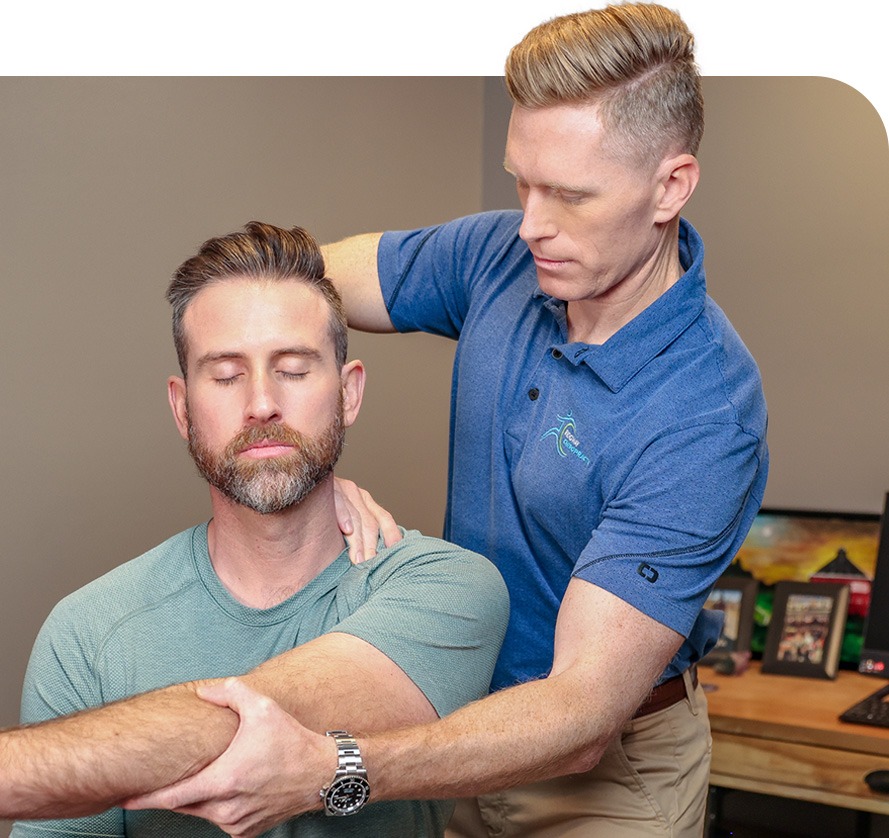
As a runner myself, I have dealt with many of the common injuries runners seem to incur. Plantar fasciitis, piriformis syndrome, shin splints, and IT band syndrome are extremely common running injuries that are debilitating, recurrent, and often slow to respond to treatment. But this article isn’t about the treatment or prevention of these injuries per se, but is more of a look at the effectiveness of foam rolling the IT band specifically.
In this ever-changing landscape of sports medicine, new ideas and theories are constantly being postulated. Which brings us to the question, to foam roll or not to foam roll?
Before we get into that, I think it is important to briefly describe the anatomy of the IT band. The IT band is a thick, dense, band of fascia traveling down the lateral aspect of the leg from the level of the pelvis to the knee. It works with surrounding muscles to assist in flexion and stabilization of the knee as well as assisting in movement of the hip.
Because the IT band is not muscle, but rather a thick, dense band of fascia, it is very resistant to being stretched. In addition, it lies on top of other thigh muscles, which need to move and slide with movements of the legs. Dysfunction of these muscles may be imitating or aggravating IT band symptoms.
As I mentioned earlier, muscles need to properly slide and glide against each other as we use them. With that in mind, compression of the IT band through use of the foam roller actually pins the IT band up against the muscles of the quad (vastus lateralis) and the muscles of the hamstring (biceps femoris). This compression facilitates the formation of adhesions between the two layers of tissue and prohibits the proper glide and slide that must occur between these muscles to facilitate proper muscle firing and biomechanics. These adhesions become a source of pain as they put pressure on nerve receptors and increase muscular tension.

Secondly, one should address the muscles that lie under and beside the IT band, the muscles of the quad and the hamstrings. Unlike the IT band, these muscles are not resistant to change and can be lengthened and stretched fairly easily with a foam roller. However, one must pay special attention to the placement of the foam roller. As I mentioned earlier, stay off the IT band. Concentrate of contacting the lateral aspect of the quad and the hamstring, without moving onto the thick, dense tissue of the IT band.
To reiterate, I am not condemning the use of foam rollers. I am a firm believer in their effectiveness but realize that they are not a fix-all modality. One must consider the tissue and anatomy of the injured body part when attempting to rehab it. So give these other muscles a good foam rolling, and leave the IT band alone.
-Dr. Caleb Ridgway DC, ART
